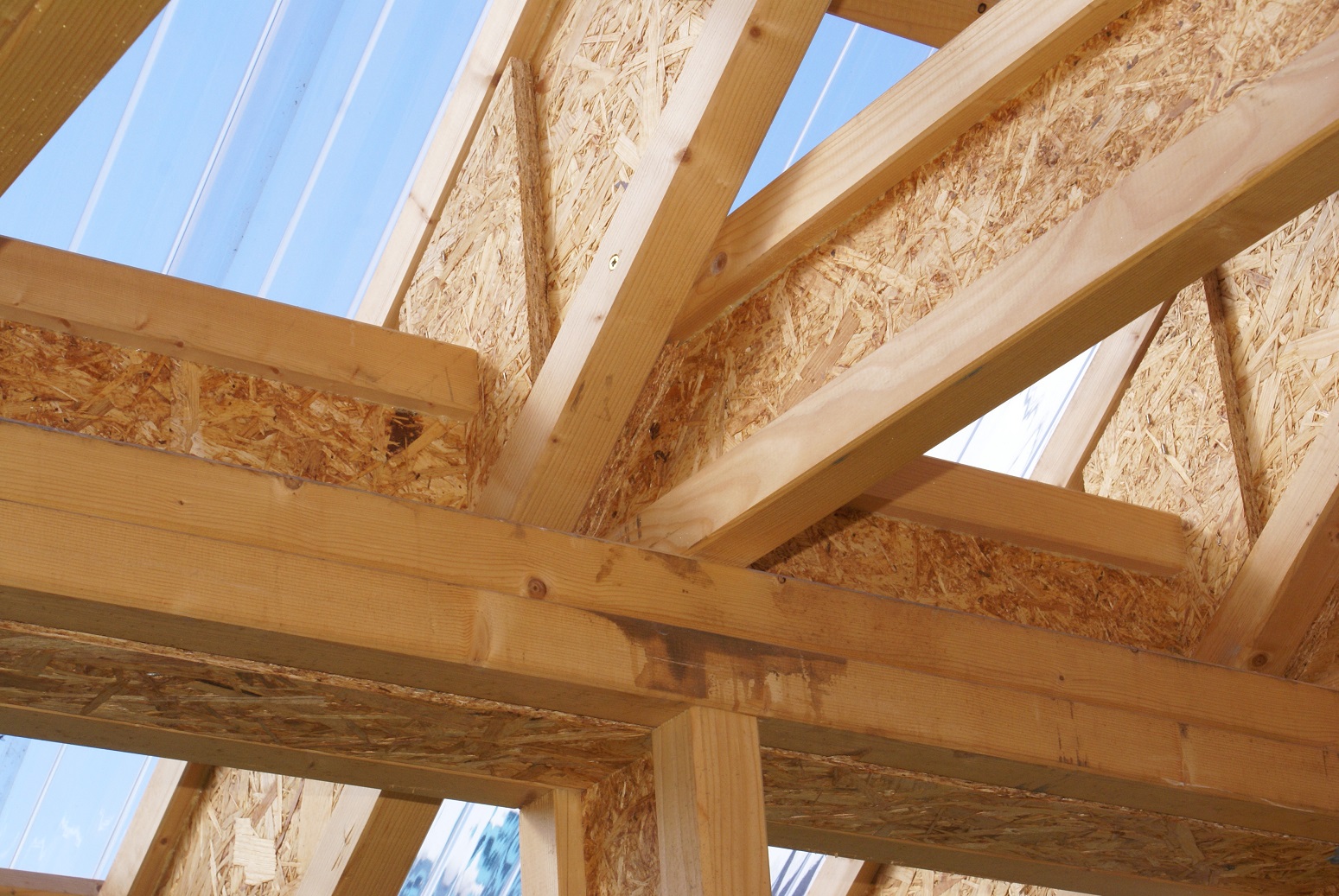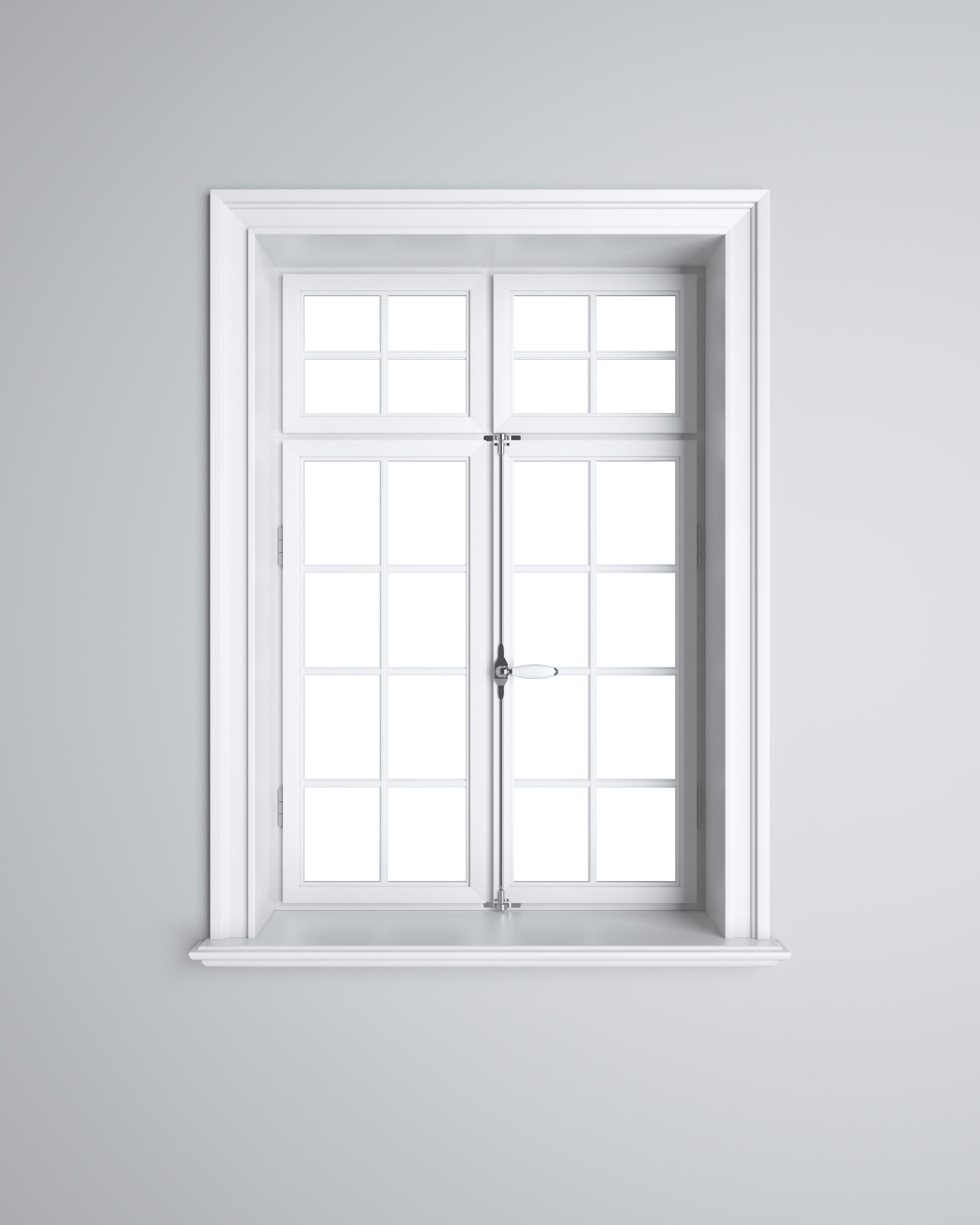When designing a house, special attention should be paid to glazing, which will not only make the rooms light and bright, but also emphasize the modern and original character of the building. Recently, non-opening windows (also known as fixed windows or fix windows) have become increasingly popular as a perfect complement to large glazing. Are they worth installing? Where will they work best?
Non-opening windows – types
We can distinguish two types of fix windows:
- Glazed sash windows
This type of non-opening windows is devoid of handles and hardware. Glazing is placed in the sash, in the same way as in traditional opening designs. The windows are a perfect complement to interiors where classic windows are already installed. Thanks to the fact that they resemble ordinary models, it is very easy to match them to create a cohesive, unfussy arrangement.
- Framed glazed windows
With this type of window, the glazing is mounted directly in the frame. It is this solution that is more popular with customers than sash glazed models. Why? They are believed to provide a better seal, making it easier to maintain a stable temperature in the room. They are usually a bit cheaper as well. Framed glass windows will work well both as storefronts and as glazing for residential or corporate facilities.
Non-opening windows – is it worth opting for them?
Fixed windows have many advantages. Which ones?
- Price
Fix windows are cheaper (even by several tens of percent) than open models, which is of great importance when we intend to install a lot of glazing. The noticeable difference in the price of the products is mainly due to the simpler design of the fixed windows, the small amount of materials used and fewer additional components.
- Dimensions and shape
Do you dream of a house maintained in a modern style? Do you care about large glazing? Decide on non-opening windows! Compared to traditional models, when installing fix windows, the strength of the hardware, the weight of the glazing and the extra space to open the sash do not have to be taken into account. On the market you can find plenty of fixed windows with almost unlimited dimensions, which do not require the development of additional space in the interior.
What about the shape? Non-opening windows are available not only in different sizes, but also in different shapes. Innovative technologies used in their production, make it possible to obtain a variety of designs that will easily fit into the design of the building.
- More light
Large non-opening windows illuminate the interior, which becomes cozier and optically enlarged. In addition, by installing them, you can achieve the effect of opening the house to the garden or terrace.
- Security
Fix windows are safer than traditional models. Durable glazing provides great protection against burglars, effectively preventing them from breaking through. The inability to open the windows will also be appreciated by parents of small children, who will not have to worry about a toddler opening the frame.
In addition, fix windows are tighter than opening models, easier to clean, more durable and less prone to malfunction, as they are not equipped with components that, due to frequent use, can wear out.
Do fixed windows have any disadvantages? Yes. They cannot be opened, so it is impossible to ventilate the apartment. They also require free access to the glass from both sides. Otherwise, you will need to hire a professional team to clean them.
Non-opening windows – where to install?
Small fixed windows can be installed in interiors that are not part of the living area of the building (such as garages, pantries, laundry rooms). They will allow to illuminate rooms that do not require ventilation.
Non-opening windows will work well in the attic. They are very often part of elbow models or extensions for roof windows. They are also eagerly used as skylights.
In modern house designs with lots of glazing, fix windows are also encountered in first floor living rooms to reheat the interior and provide more light, and as additional glazing in the kitchen, terrace or hallway.
In addition, non-opening windows are a common choice in commercial establishments (mainly stores, as they allow goods or advertising to be displayed), public facilities and office buildings.



